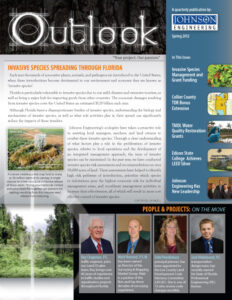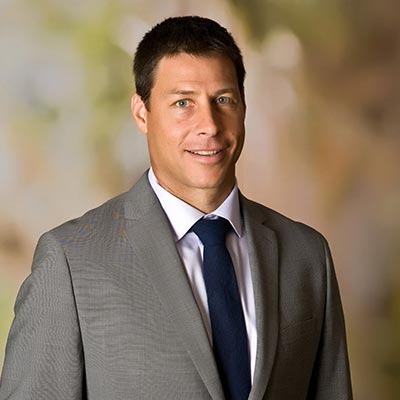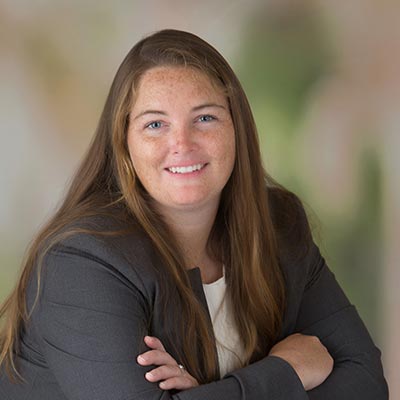 Each year thousands of non-native plants, animals, and pathogens are introduced to the United States; when these introductions become detrimental to our environment and economy they are known as ‘invasive species’.
Each year thousands of non-native plants, animals, and pathogens are introduced to the United States; when these introductions become detrimental to our environment and economy they are known as ‘invasive species’.
Florida is particularly vulnerable to invasive species due to our mild climates and extensive tourism, as well as being a major hub for importing goods from other countries. The economic damages resulting from invasive species costs the United States an estimated $120 billion each year.
Although Florida bares a disproportionate burden of invasive species, understanding the biology and mechanisms of invasive species, as well as what role activities play in their spread can significantly reduce the impacts of these invaders.
Johnson Engineering’s ecologists have taken a proactive role in assisting local managers, ranchers, and land owners to combat these invasive species. Through a clear understanding of what factors play a role in the proliferation of invasive species, relative to local operations and the development of an integrated management approach, the issue of invasive species can be minimized. In the past year, we have conducted invasive species risk assessments and recommendations on over 90,000 acres of land. These assessments have helped to identify high risk pathways of introduction, prioritize which species or infestations pose the highest economic risk for individual management areas, and coordinate management activities to increase their effectiveness, all of which will result in more cost effective control of invasive species.
Since 2011, Johnson Engineering has also been successful in obtaining over $350,000 in grant funding for local area preserves to develop integrated invasive species management programs. This funding has provided means for managers to implement not only traditional control methodologies such as chemical treatment, but also allows a more creative approach to invasive species management.
One creative approach is utilizing aerial sketch mapping, which involves mapping invasive species coverage via helicopter or fixed wing plane. Aerial sketch mapping has long been used by many agencies such as the U.S. Forest Service for mapping forest health. By now utilizing this approach for invasive species, we are able to map large tracts of land, including remote areas which are difficult to map on foot, for a fraction of the cost.
The data collected during the sketch mapping, as well as the management and revenue generating activities, are recorded using our Geographic Information System (GIS) software. By spatially recording this data, we are able to directly compare activities and consider how they may conflict with each other or spread invasive species. This is largely done through the development of a GIS model, which can prioritize treatment areas based on the infestations that pose the greatest risk to an area’s assets and/or which infestations pose the greatest risk of spreading as the result of local activities. Since infestations and risks are constantly fluctuating, new infestations occur, old ones are eradicated and area activities change, the use of GIS has proven crucial in tracking trends and distribution of invasive species, as well as documenting success of management techniques.
The introduction of invasive species to an area is frequently the result of human-mediated introduction. Fortunately, to the degree human activities may promote invasions, humans are equally capable of deterring invasive species introduction and establishment through modifying activities, invasive species awareness and other proactive efforts.
The mechanisms for spreading invasive species, and how they may affect an individual project, are as diverse as our clients. By working closely with each client we are able to understand their specific needs, how invasive species uniquely affects them, and then arm them with the information necessary to reduce the costs and impacts associated with this serious problem.
For more information on invasive species assessments, management and grant funding opportunities, contact Sarah Webber at [email protected].
































































